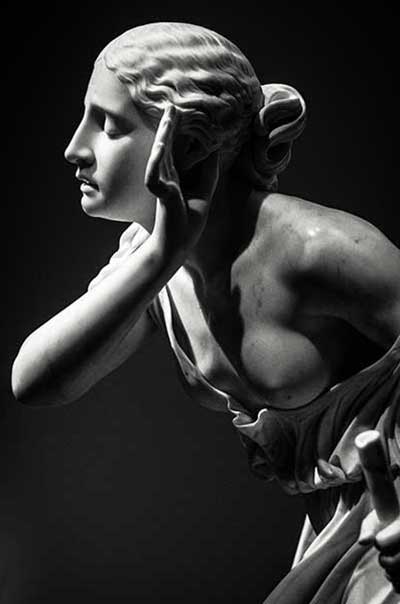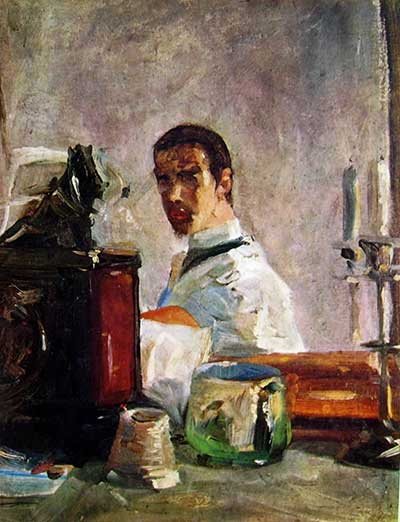
Licence Artwork:
Public domain
Toulouse-Lautrec Illustrates the Belle Epoque
Toulouse Lautrec illustrated the French Belle Epoque, an era of art and architecture, peace and plenty between wars. Lautrec was a Post-Impressionist painter, lithographer, caricaturist and illustrator between 1880-1901.
Henri Marie Raymond de Toulouse-Lautrec-Monfa was a long name for Lautrec that was born in the French upper-class aristocracy. Even Lautrec could have been entitled “Comte”, which was the same as Count, an honourable high-ranked title by the elite societies of the 19th century. But for him, this privilege and the entitlement counted for nothing who painted cafés and brothel life. He had deep sympathy for the lower social classes. Lautrec found an affinity with miserable prostitutes and weak men who negligently had stepped beyond social morals, taking refuge in alcohol and visiting the brothels. In his opinion, the girls in the brothels were not dolls but inspiring human beings he sympathised with and felt compassion for them. He saw those women as equals and was interested in their unconventional lifestyle and anarchic spirits.
As a consequence of Lautrec’s behaviour, his uncle burned his works. His father deprived him of all rights to his inheritance and was unhappy that Lautrec couldn’t protect their heritage and confirm their tradition and lifestyle. However, his mother, who was divorced from his father, unlike his father, encouraged her son’s early enthusiasm for art and continued supporting him throughout his whole career.
Lautrec had severe disability and health problems because of the consanguineous marriage of his parents. Due to his little legs caused by the congenital bone disorder, he was physically unable to participate in the everyday activities of his peers and turned soon to painting. [1] His short stature and abnormal physical appearance somehow affected his relationships with women.
Some say the reason for the invisible feet in his paintings was related to his health issues.
Toulouse-Lautrec's La Belle Époque, the bohemian settings of paris
Toulouse-Lautrec depicted the historical settings of the bohemian French by his exceptional observations. He documented cafes, bars, musicals, and theatrical life filled with dancers, acrobats, and prostitutes and registered the historiographical street scenes of the Paris nights. Lautrec was the historian of the Parisian cultural developments during the “the Beautiful Era” “La Belle Époque.”
Lautrec was the prominent leading figure in converting advertisements to fine art. He had an unusual and distinctive graphic sensibility and foreshadowed the future of pop art. He used his lithography techniques, brought high art closer to commercial art and raised the advertising’s level to the extent of the aesthetic beauty of painting. [2] He produced a series of posters commissioned by Moulin Rouge cabaret. Although other artists disregarded the advertising work, he enjoyed makings posters for a living and creating print art.
His painting techniques broke the rules of perspective. For him, the inconstant association between the figures and the settings around them was more important than the viewed scene from a fixed point. His provocative, enticing images had intense colors and were created beyond theoretical traditions. The free lines presented the idea of movement, and large color areas filled the silhouettes and the surroundings to pay full attention to the content’s principles.
Lautrec died at the age of 36. After his death, his mother promoted his work and founded Musée Toulouse-Lautrec in his birthplace Albi, France. [3]
Get more information on this overview page.
Text: Lalerou
© Copyright. All Rights Reserved
1- Markatos K, Mavrogenis AF, Karamanou M, Androutsos G. Pycnodysostosis: the disease of Henri de Toulouse-Lautrec. Eur J Orthop Surg Traumatol. 2018 Dec;28(8):1569-1572. doi: 10.1007/s00590-018-2233-8. Epub 2018 May 24. PMID: 29797092.
2- Collecting guide the posters and lithographs of Henri de Toulouse-Lautrec. (2021, March 31). Christie’s. Retrieved February 26, 2023, from https://www.christies.com/features/Collecting-Guide-The-posters-of-Henri-de-Toulouse-Lautrec-10873-1.aspx
3- An Exceptional Place. (n.d.). Musée Toulouse Lautrec. Retrieved February 27, 2023, from https://musee-toulouse-lautrec.com/en/exceptional-place

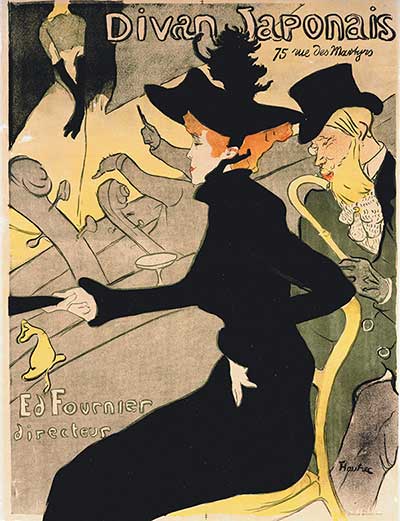
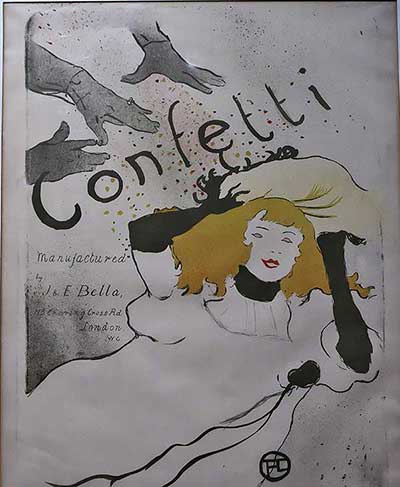
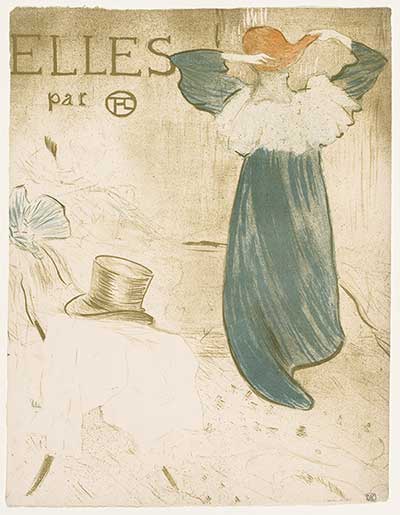
- Category: Modern Art Styles In Painting
Vintage
Vintage
Ornamental
